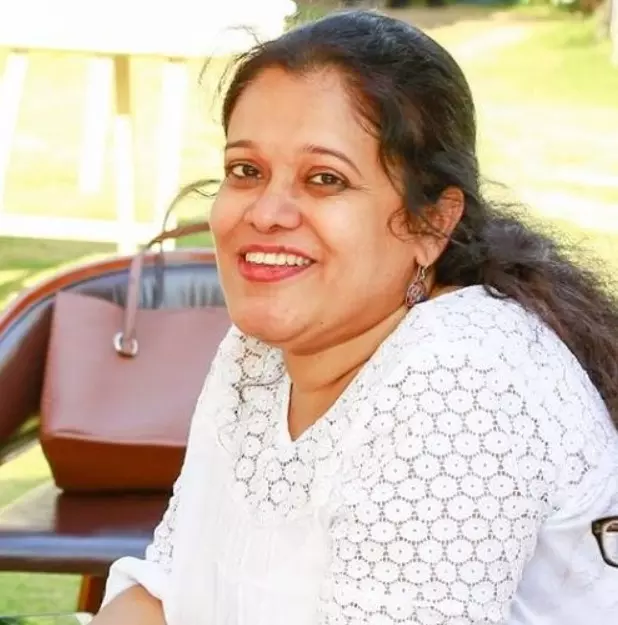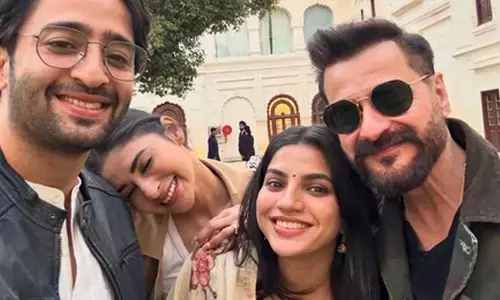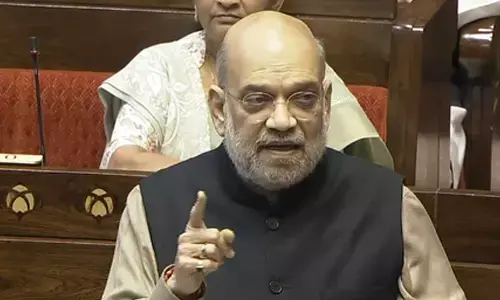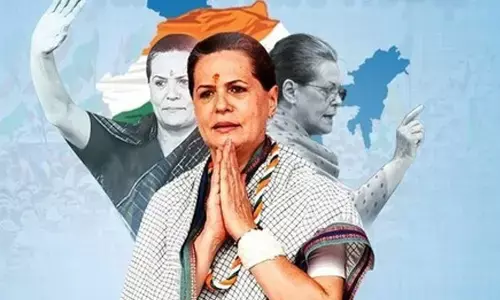Expressions of dance and music: Close encounter with Shobana Chandrakumar Pillai
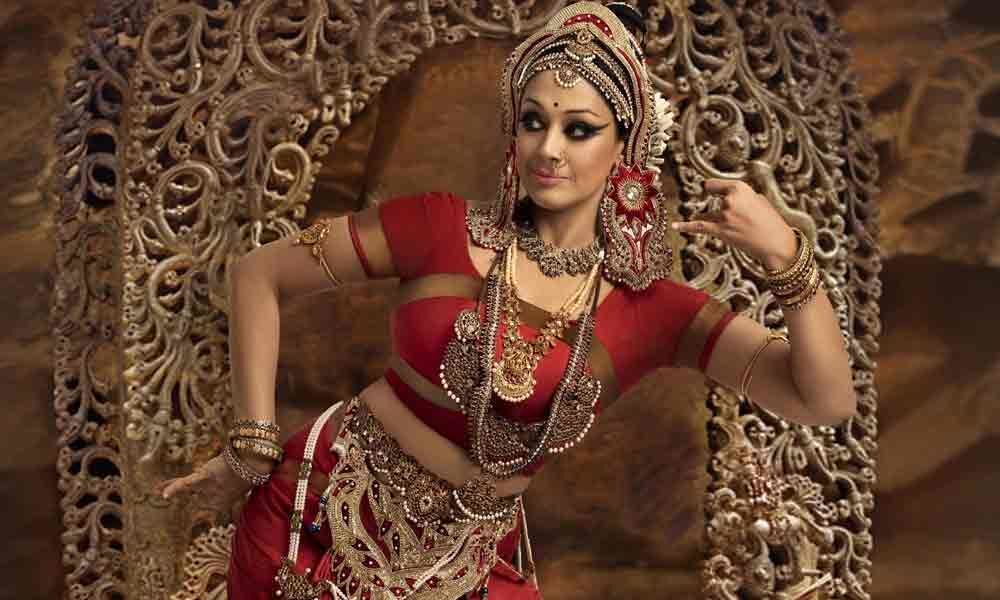 Expressions of dance and music
Expressions of dance and musicBharatanatyam dancer, film actor Shobana trained under two stalwarts of classical dance Padma Subramanyam and Chitra Visweswaran. And over the years, the creative artist and the passionate dancer produced elaborate productions encompassing the music, artistic influences from around the world, drawing extensively from literature, epics and learnings and experiences.
A perfectionist and stickler for dedication – Shobana's performances with her team have always stood as a unique and well-executed body of art and she travelled the world with them propagating the oneness and boundlessness of art. She says her productions are taken from those before her and her gurus. "We just add our dimensions as artistes as we should be doing."
Shobana is in Hyderabad to perform at Ravindra Bharati today. She will be presenting her latest production 'Bhav', which she has created in collaboration with classical vocalist, the famous Abhishek Raghuram. And after a long time, she will be dancing to live music. "There are no negative connotations in music, be it recorded or live. We individually react to these options and opportunities. Having said that, let me emphasise that the music is a dream to perform for in BHAV, it's about improvisation within discussed parameters," shares Shobana during an exclusive interview.
"The story of the dance is one that is grand, packed with mystery and spirituality. It has also stood the test time. I will only get the best music to present this theme," she adds. Bhav has already premiered in Chennai and completed a couple of performances, and each time has opened to rave reviews. She relates, "You can expect for the most traditional of music and dance to be appreciated by every member of the audience. Whether you decide to term them 'mass or class'!"
Many of Shobana's earlier productions were presented in Hyderabad to much appreciative audience – 'Maya Raavan', 'Krishna', 'Trance' – and each one of it stood out for its concept, execution, its representation of art from across the world, and the much practice and attention to detail making for an engaging portrayal of a classical form for consumption of all, art connoisseurs and dance lovers in general.
In improvising and presenting it for the modern audience, she has made for herself a unique place, "We as artistes have our calling. You call it experimental; I call it a natural progression. You call it courage; I call it ideas. You call it confidence, I call it thayan/riyaz or sadhanam," she shares.
And relates, "The term classical in dance is only as recent as the 19th century when certain rules have been agreed upon. If that is the case, there must be something before that. Whatever that we think is old or traditional, there is always something older than that. What we now call as classical was someone's path-breaking contemporary expression in some era. And hence, during this generation, these productions are path-breaking and changing the aesthetics."
"We actually have been already influenced by the West and have changed dance in the late 1970s to suit a Western audience. When artistes travelled abroad to take this mystical dance form and present it to the western audience, some of the movements have become very ballet-like and angular; the presentations have become refined, the abhinaya aspect has been toned down as the westerners are less likely to understand the communicative aspect of it.
To dance to prestigious audiences, we artistes have tried to use a Western kind of lighting marked a change to how artistes dance with only the light of the 'Nela villaku'. The instruments that were traditionally played in a live ambience are all mixed now so the tone and the tenor changes. The devadasis have gone, the royal courts have changed into a proscenium stage. People watch shows on the phones, but there are artistes in every generation who have the right to claim the art as they pursue it," she states emphatically.
After so many years of being with art in many forms and being so involved in the creative process, does Shobana still feel that any part of it continues to be challenging? "Yes of course," she answers – "The physicality of it; to live up to an expectant audience and to keep trying to be inspired - it is difficult if you have to dream for a living (smiles)."
"The constant pressure of reality can kill anybody leave alone someone with an artistic streak. But once the tanpura comes on, the stress evaporates. Once the lights come on and we hear the bustle of an excited audience, that's when we wake to start preparing for our foray into the dream," shares the artist with an irrepressible spirit.

